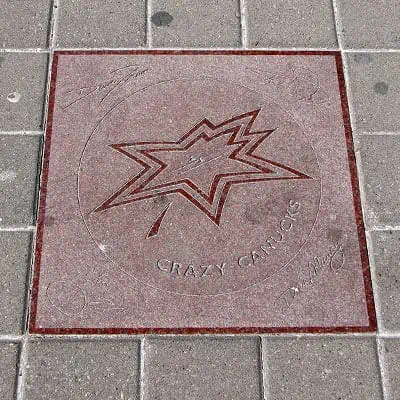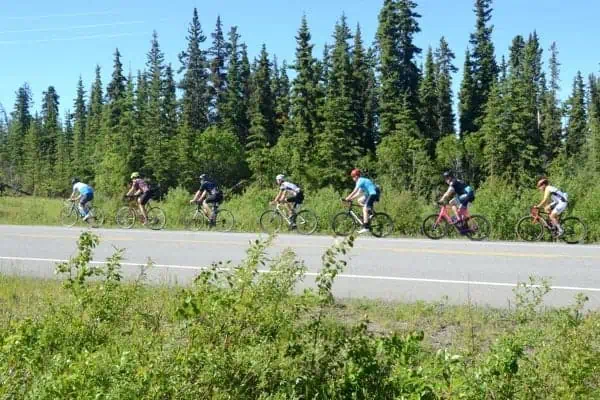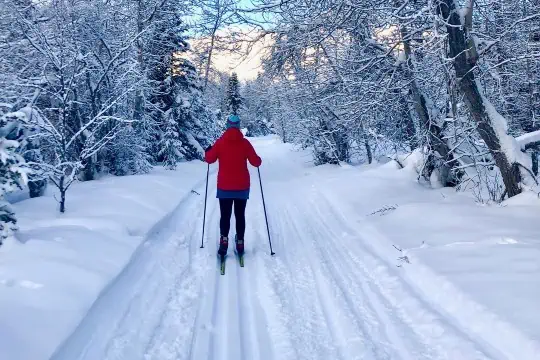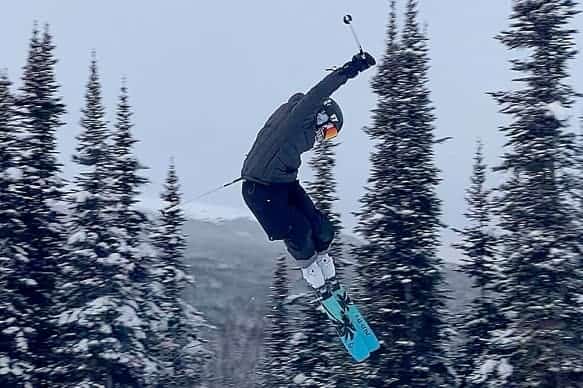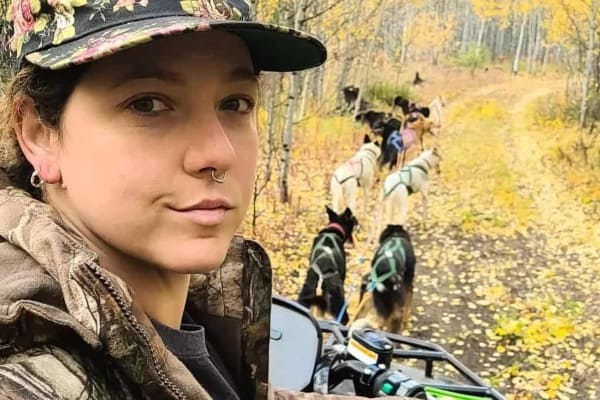March 15, 1986 at the men’s downhill in Whistler, B.C. – The Inside Edge Memoirs #1
By the time the 1986 Molson’s World Cup men’s downhill and Super G, aka The White Circus, rolled into town on March 15, 1986 to close out the 85/86 racing season, I was well-established as the first-ever sports editor of The Whistler Question. I was also the columnist behind The Inside Edge, the only part of the paper I actually enjoyed writing.
Having arrived in town in September of 1984, I saw myself those first two winters as a World Cup ski racing writer-in-training with an eye on the upcoming 1988 Winter Olympics in Calgary. My mentor was former Crazy Canuck, Dave Murray, who was director of skiing on Whistler Mountain and race chairman for the downhill. He once told me his goal was to teach me to write ski racing stories the way he wished they had been written when he and the other Crazies, a group of Canadian alpine skiers with a reputation for fast and reckless skiing (Dave Irwin, Ken Read and Steve Podborski,) had been challenging Austrian Franz Klammer, the Babe Ruth of ski racing, for world supremacy.
His mantra was simple. This is a direct quote, which he pounded into my brain as I was learning—”There is always a reason why one particular racer won a ski race and the rest of them didn’t. Your job is to figure out why he or she had the fastest time and won the gold medal.”
For the first two winters, I covered the Wednesday local races under the Orange Chair (Whistler’s famed chairlift), then the Nancy Green Ski Leagues (which I called the little leagues), then provincial championships and, finally, NorAm races against the Americans.
That was one step below the World Cup. Murray cut and edited every story and column I wrote using coloured magic markers. His marks were like a stoplight. Green highlights meant good; yellow meant so-so or iffy; red meant that what I had written was dead wrong, dumb, ridiculous, or not to be repeated ever again. My pages looked like rainbows when he was done with them, but the system worked because I came to loathe red, tolerate yellow and love green.
I had covered every level of ski racing except the big time. By the time it finally came to town, I felt like a baseball writer arriving in the big leagues at a home game. It was the first time I used my patented modus operandi—to be on skis and on the mountain studying the course, athletes, snow and weather for all training runs, but to always be in the finish area on race day so I could watch the drama develop on the Jumbotron and interview the winners and losers.
Which is exactly where I was, having a Molson beer, after Steiner won in ‘86 with no idea why. Murray came by and said to follow him into the restaurant area of Old Dusty’s, which was set up for watching videos at his yuppie ski camps. He already had a copy (from CBC) of the race that had finished and he started showing me exactly why Steiner was the winner.
He skipped all the obvious highlight spots on the hill like The Fallaway, Weasel and the Toilet Bowl. He went straight to Coach’s Corner, a long, fast 90-degree right-hand turn which got rutted up almost immediately in the warm spring snow.
The ruts caused a windrow of soft, fluffy snow to develop on the outside downhill side of the long L-shaped rut. Murray showed me several racers wobbling in and out of the rut and slowing down, then we watched Steiner ski it.
“He made one of the best high-speed power fluff turns I’ve ever seen,” Murray said. We watched in awe as the Austrian climbed gently out of the rut then balanced on top of the fluff all the way around and totally nailed Coach’s Corner like nobody else all day. It was as plain as the considerable nose on his face how he won that ski race. Murr wasn’t the only one who noticed.
When the story came out the following Thursday, I was bombarded, both personally (in Tapley’s with beers) and in print, by ski-racing experts like Tom Pro, Chris Kent and Steve Podborski. They said it was the best race analysis they’d ever read outside of The Alps.
My first swing in the major leagues was a home run because I did exactly what my coach told me to do.
Later that Spring, I was sitting in Murray’s office at Gondola Base when I noticed what appeared to be 2×4 planks with mounted bindings on the wall. When I asked him what they were, he shrugged it off saying:
“A gift called ‘Crazy Canuck Demos’ from a Vancouver fan when I retired but that’s a story for another time.”

